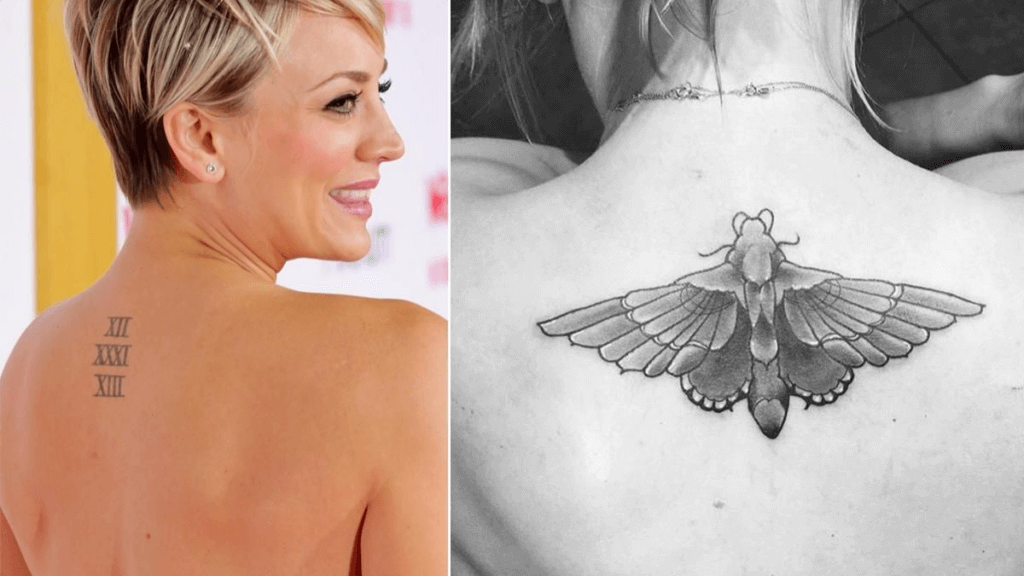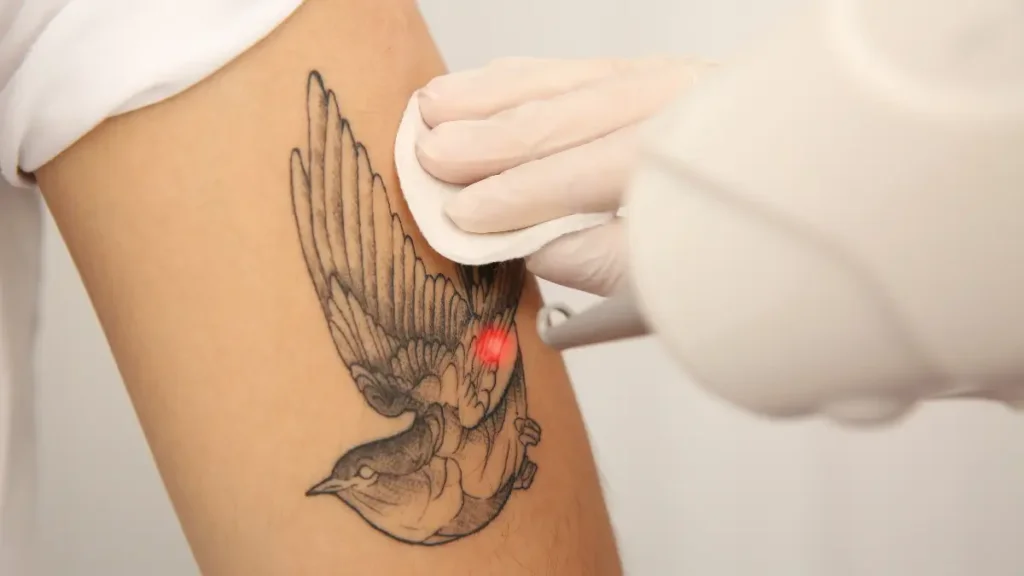Tattoos are a fantastic way to express yourself, but sometimes what seemed like a brilliant idea at the time can lose its sparkle. Whether it is a name that does not quite fit anymore, a design that is no longer your style, or just a shift in your taste, many people find themselves wanting to say goodbye to old ink.
The good news? Modern tattoo removal techniques make it easier than ever to wipe the slate clean with minimal fuss and impressive results.
Why Tattoos Are Deemed Permanent
Tattoos are permanent due to the way ink is embedded into your skin. During the tattooing process, ink is injected into the dermis (the second layer of skin), which is more stable and less prone to shedding than the outer epidermis. This stability ensures that the ink remains visible over time. As your skin heals, it encapsulates the ink particles in the dermis, a layer that does not renew itself like the epidermis, thus preserving the tattoo’s appearance.
The High-Tech Wonders Of Tattoo Removal
Even though tattoos are meant to be forever, it can be removed thanks to modern technology. In the past, removing tattoos meant resorting to harsh methods that could damage the surrounding skin and often leave scars. But certainly not anymore! Enter the world of laser tattoo removal, an advanced technique that offers a much gentler and more effective way to erase those old inked memories.

Laser Tattoo Removal In A Nutshell
Laser tattoo removal is widely regarded as the most common and effective method for eliminating unwanted ink. This technique uses highly concentrated light beams to break down the tattoo ink particles into much smaller fragments. Different types of lasers are used depending on the colours in the tattoo. For example, Q-switched lasers are highly effective for black and dark blue inks, while different wavelengths are needed for colours like green and red. The laser emits short pulses of intense light that pass through the top layers of the skin and are absorbed by the tattoo pigment. This light causes the ink particles to heat up and shatter into tiny fragments. Once fragmented, your body’s immune system gradually absorbs and removes these particles over time.
The entire removal process typically requires multiple sessions, which can vary based on several factors including the size, colour, and depth of the tattoo you want removed. Generally, older and smaller tattoos are easier to remove than newer and larger ones. Most patients require 5 – 10 sessions spaced about 4 – 8 weeks apart.
Pain And Discomfort
Laser tattoo removal is often described as feeling like the snap of a rubber band against the skin. While this sensation can be quite uncomfortable, many clinics offer numbing creams or local anaesthetics to help minimise pain during the procedure. The level of discomfort can vary depending on several factors, including the location of the tattoo and the individual’s pain tolerance. Areas with more nerve endings or less flesh may be more sensitive, leading to a heightened sensation. Overall, while the process can be uncomfortable, most people find that the use of numbing agents makes the experience more manageable.
Other Tattoo Removal Methods: A Quick Review
While laser tattoo removal is the most popular method, there are alternative options available. Here is our quick tattoo removal review:
Surgical Excision: This procedure involves cutting out the tattooed skin and stitching the remaining skin back together. It is usually employed for small tattoos and generally results in a noticeable scar, which may be more conspicuous than the original tattoo. On the positive side, this method can be effective for completely removing the tattoo, particularly in cases where laser removal isn’t feasible.
Dermabrasion: This technique essentially involves sanding down the top layers of the skin to remove the tattoo ink. One advantage is that it can be effective for certain types of tattoos and skin types. However, it is less common compared to other methods and can be incredibly painful, with a significantly longer recovery period, which can be a major drawback for those considering this option.
Chemical Peels: Using strong chemicals to exfoliate the skin and remove the tattoo ink can be an effective method for tattoo removal. One advantage of this method is that it can be less invasive compared to laser treatments. However, a notable downside is that it may require multiple sessions to achieve desired results, and there is a risk of skin irritation or damage if not performed correctly.
Saline Tattoo Removal: This method involves injecting a saline solution into the tattooed skin, which helps draw out the ink. It is often used for tattoos created with traditional ink and may require several treatments to achieve the desired results. One of the benefits of this technique is that it can be less painful compared to some other removal methods and might be suitable for people with specific skin types or ink colours. However, it has the potential to cause scarring or changes in skin texture. Just throwing it out there.
Laser Tattoo Removal: Potential Side Effects You Should Know About
While laser tattoo removal is generally safe, there are some potential risks and side effects to consider. Hyperpigmentation and hypopigmentation can occur, leading to temporary changes in skin colour, especially in individuals with darker skin tones. Although these pigment changes typically fade on their own, they may take some time to completely resolve.
Another potential risk is scarring, which, although uncommon, can happen if aftercare instructions are not followed properly. To minimise this risk, it is essential to carefully follow the aftercare guidelines and provide proper attention to the treated area.
Infection is also a concern, but it can be significantly reduced by adhering to proper aftercare practices. Keeping the treated area clean and following all the aftercare instructions provided by your healthcare professional is crucial to prevent infection.
Celebrities Who Have Had Tattoos Removed
Since celebrities are mere mortals like the rest of us, many have found themselves in a situation where a once-loved tattoo has become problematic, and have publicly shared their experiences with tattoo removal. Here are a few notable examples:
- Justin Bieber: Known for his extensive tattoos, Bieber has undergone tattoo removal to remove or alter some of his ink, including a tattoo of a tiger on his arm.
- Halsey: The singer has had some of her tattoos removed, including a large piece on her side, to make room for new designs and to address changes in her personal style.
- Pete Davidson: Davidson has spoken about removing several of his tattoos, including ones he got in his younger years that no longer fit his current image or personal preferences.
- Angelina Jolie: Jolie has had some of her tattoos removed or covered up, including a large one of the coordinates of her ex-husband’s birthplaces.
- Kaley Cuoco: Cuoco has spoken publicly about her decision to remove the tattoo, emphasising that she wanted to embrace a new chapter in her life and that the tattoo no longer represented her.

The Final Word On Tattoo Removal
Tattoo removal truly has come a very long way, offering effective and relatively safe options for those looking to part ways with their ink.
Currently, laser tattoo removal stands out as the gold standard, providing a precise and efficient method to fade or completely remove unwanted tattoos. However, it is incredibly important to always consult with a professional to determine the best approach for your specific situation and to understand the commitment involved in the removal process. Whether it is due to a change in personal taste or the desire for a fresh start, tattoo removal can help you turn back the clock.


